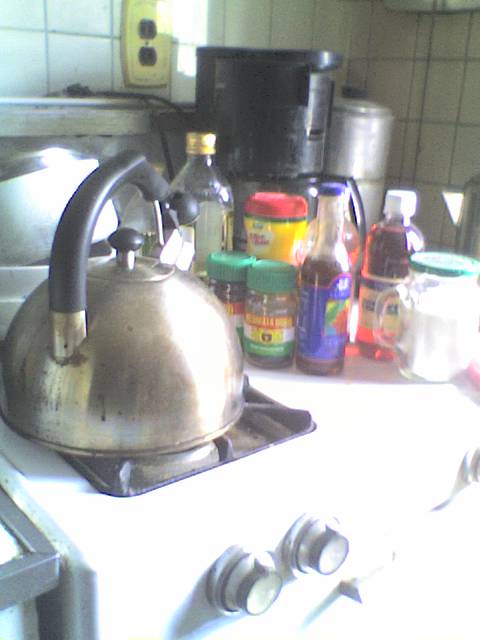Rye bread has been around for millennia, providing sustenance to all of Northern Europeans.It is popular here in the States,however a paler version of it. That's all changing, thanks to a new movement
Julia Moskin wrote about it in yesterday's New York Times' Food section. American's are about to get their tastes bud blown away with a return to traditional ryes.These are more like pumpernickel, the color of a chocolate cake with the spiciness of gingerbread.It is a dense, chewy crumb that requires a slow rise in a hot steamy oven to rise. Icelandic bakers put the rye dough underground to be baked in geothermal springs.Norwegians repurposes it, frying it into crisp crackers. American bakers have made rye pound cakes such as the baker at San Francisco's Bar Tartine. Concord Massachusetts Bondir serves rye in stews, with the chef , Jason Bond, gets the rye in bales.Most Americans are used to the Jewish sissal - or caraway rye, a pale yellow..Massachusetts Brown Bread was the colonists attempts at rye , using it after their wheat crop failed.
Rye bread is not for beginner bakers. The Times recipe calls for two to three days of prep along with getting a buttermilk or yogurt starter.There's also getting the rye berries or meal which some groceries have and can also be bought at Amazon.com. The dough is not the usual sticky kind but more like a runny batter.It's an eggless recipe that requires malt syrup or molasses.The loaf pans do have to be very thickly buttered too. An easier version is the recipe for the Jewish one.It's a mix of bread and rye flour,Honey and oil are also added and the whole dough is kneaded with a bread hook.The only labor intensive part is oiling a bowl. The dough is baked in a 450 oven on the lower most rack. Three knife slashes from a paring knife. have to be made across the top. and then a cornstarch glaze is brushed across it to give that nice glaze .
Rye bread is a delicious chew.They may be a bit labor intensive to bake but worth it. Try this ancient grain and it's dark richness.
Thursday, January 12, 2017
The Rising Of Rye
Labels:
buttered,
buttermilk,
Jewish,
Julia Moskin New York Times,
Norway,
pound cake,
rye,
rye berries,
San Francisco,
sissal,
starter,
yogurt
Subscribe to:
Post Comments (Atom)




No comments:
Post a Comment